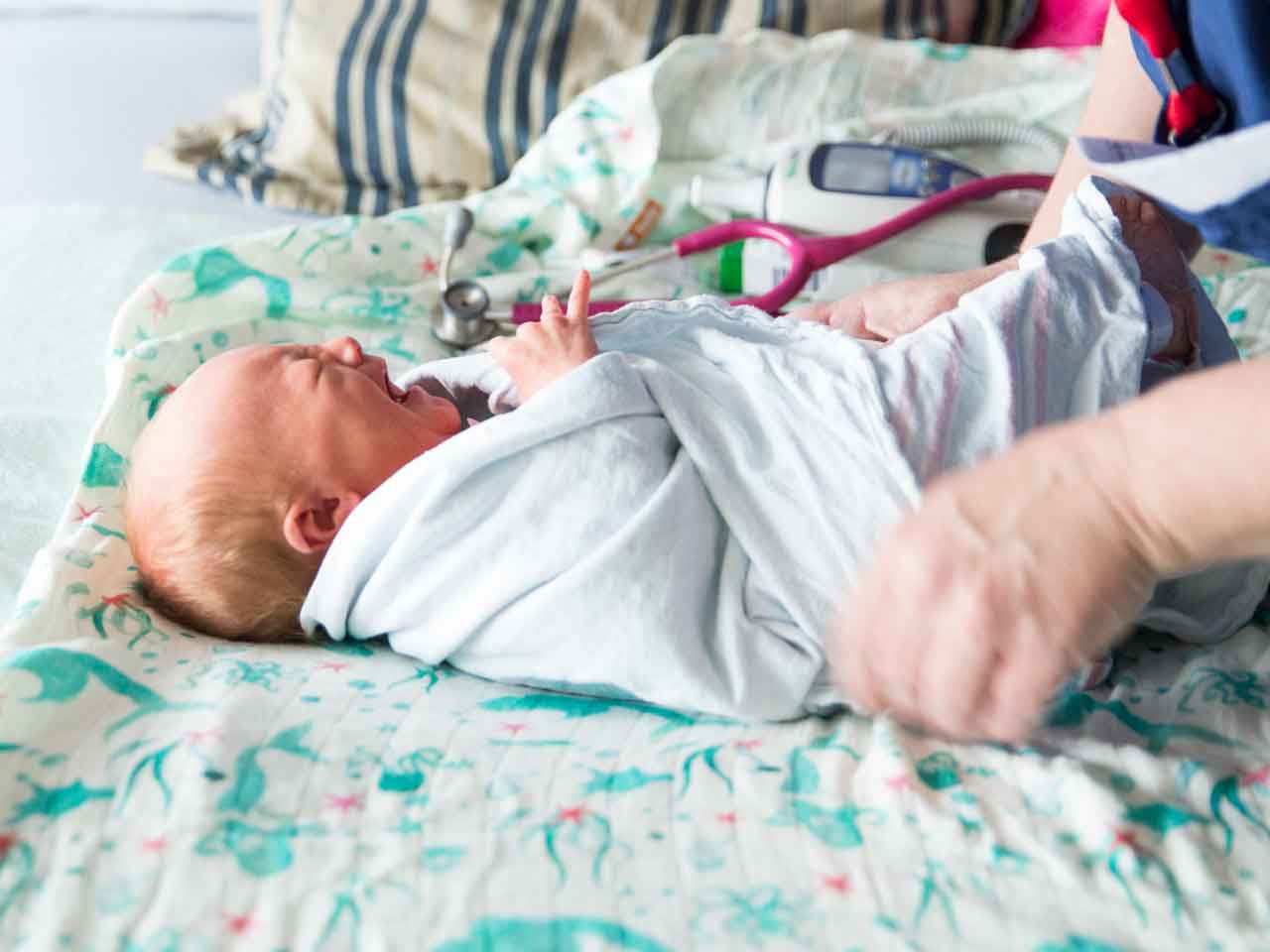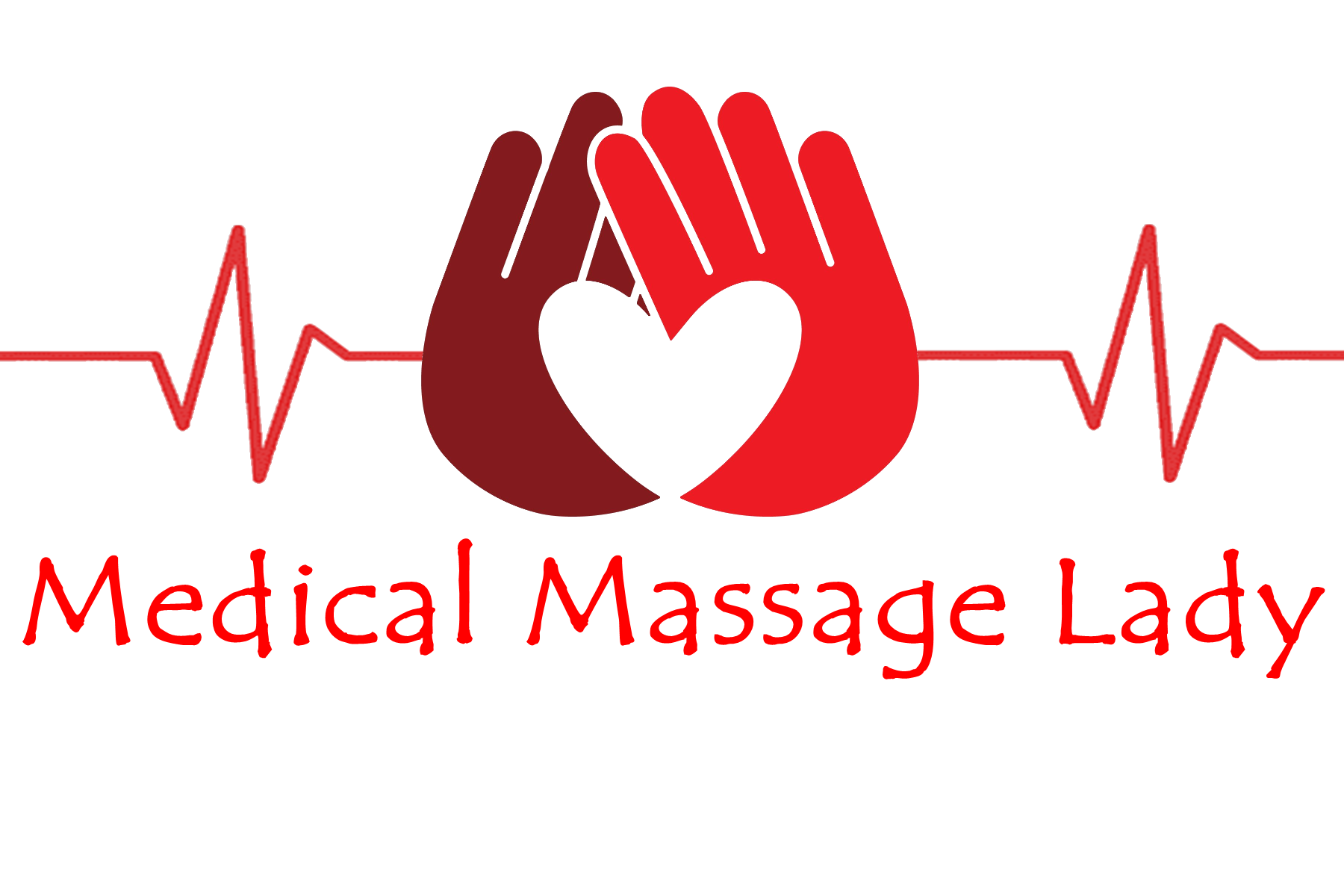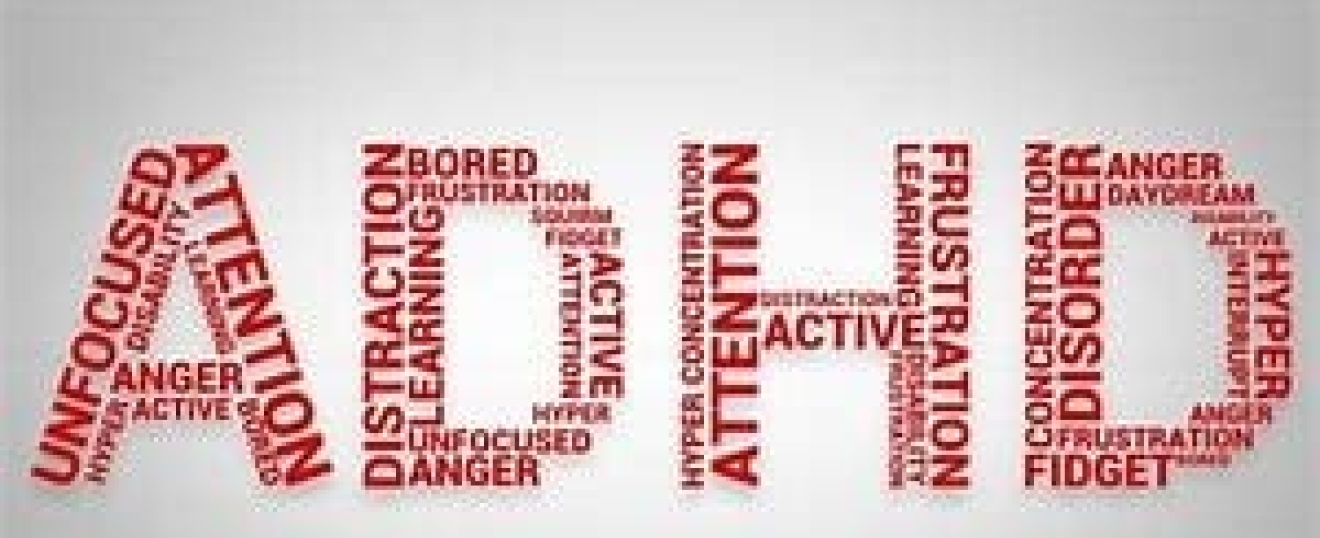- 07736 104738
- sam@medicalmassagelady.com
- Mon - Sat, 8:00 - 18:30
Disability
As a nurse or a midwife, there are always those patients that for whatever reason remain clearly in your memory. For me one of those patients as a midwife, was a baby on the Special Care Baby Unit who had been born into heroin withdrawal, probably because of the very distinct cry and the baby’s clear discomfort at being touched. I therefore wanted to write a post about foetal alcohol syndrome, which shares many symptoms of opioid withdrawal.
Foetal alcohol syndrome occurs when the baby has been exposed to maternal alcohol intake during pregnancy, and is responsible for various types of irreversible brain damage and growth problems. Alcohol crosses the placental barrier and the underdeveloped foetal liver is unable to metabolise it, hence it remains in the baby's system longer. There is no safe limit on alcohol intake during pregnancy.
Foetal Alcohol Spectrum Disorder (FASD) incorporates a range of issues:-
- foetal alcohol syndrome (FAS)
- alcohol-related neurodevelopmental disorders (ARND)
- alcohol-related birth defects (ARBD)
- foetal alcohol effects (FAE)
- partial foetal alcohol syndrome (PFAS)
The issues that each child will face is dependant on the amount of alcohol and stage of pregnancy that it is consumed, ranging from severe facial deformities, growth retardation and nervous system dysfunction to mild behavioural deficiencies, which may not become apparent until the child is older. For example, research has shown that the lip and philtrum anomaly only occurs on the 19th or 20th day after conception.
RISK FACTORS
The more alcohol you drink during pregnancy, the greater the chance of problems in your baby. There's no known safe amount of alcohol consumption during pregnancy and the baby could be at risk even before the pregnancy test shows positive.
CAUSES
- alcohol in the maternal bloodstream crosses the placental barrier, thus entering the foetal blood circulation
- foetal brain, heart and blood vessel development starts in the first trimester, before you may know you're pregnant
- alcohol affects the supply of oxygen and nutrients to the foetus, potentially restricting tissue and organ development or causing irreversible brain damage
- foetal blood alcohol concentration will be higher than maternal due to the liver being under developed and metabolising alcohol slower
DIAGNOSIS
Diagnosis of FASD is dependant on the following factors:-
- a pre- and post-natal growth deficiency
- facial abnormalities
- brain and central nervous system dysfunction
Early diagnosis is important in terms of reducing the risk of long-term problems, so if you drank alcohol while pregnant your midwife should be informed.
For every child with FAS, there are 3 – 10 with neurodevelopmental disorders due to alcohol.

SYMPTOMS
Symptoms of FASD will include various combinations of physical and cognitive disabilities, dependant on the area of the brain affected, which result in different levels of functioning.
Eg. the corpus callosum, which connects the right and left hemispheres of the brain can be damaged with heavy prenatal alcohol consumption. This means that the child will know right from wrong(governed by the logic and thought centre in the left hemisphere), but even so may be unpredictable and act impulsively (governed by the right hemisphere).
PHYSICAL DEFECTS
- distinctive facial features,eg. small eyes, an exceptionally thin upper lip, a short, upturned nose, and a smooth skin surface between the nose and upper lip
- deformities of joints, limbs and fingers
- slow physical growth before and after birth
- vision difficulties or hearing problems
- small head circumference and brain size
- heart defects and problems with kidneys and bones
- brain and central nervous system problems
- problems with the brain and central nervous system may include:-
- poor coordination or balance
- intellectual disability, learning disorders and delayed development
- poor memory
- trouble with attention and with processing information
- problems with reasoning and problem-solving
- difficulty identifying consequences of choices
- poor judgment skills
- hyperactivity
- Rapidly changing moods
SOCIAL AND BEHAVIOURAL ISSUES
Difficulty functioning and with social interaction:-
- difficulty in school
- trouble getting along with others
- poor social skills
- trouble adapting to change or switching from one task to another
- problems with behaviour and impulse control
- inability to predict outcomes, understand consequences or show remorse
- poor concept of time and organisational skills
- problems staying on task
- difficulty planning or working toward a goal
- developmental delays
- information processing deficit
- reduced reasoning capability
- inability to comply with rules and socially accepted behaviours eg. self-control
- hyperactivity and easily distracted, increased likelihood of ADHD
- memory problems and difficulty storing and retrieving information
- slow auditory pace (reduced comprehension of a normally paced conversation)
- sleeping difficulties
However the creative right hemisphere of the brain will often become dominant, resulting in extremely verbal and creative children.
COMPLICATIONS
Behavioural problems may not become apparent until the child is older and these are known as secondary disabilities:-
- Attention deficit/hyperactivity disorder (ADHD)
- Aggression, inappropriate social conduct, and breaking rules and laws
- Alcohol or drug addiction
- Mental health disorders, such as depression, anxiety or eating disorders
- Problems staying in or completing school
- Problems with independent living and with employment
- Inappropriate sexual behaviours
- Early death - accidental or suicide

PREVENTION
- avoid alcohol if you're trying to conceive or stop as soon as you discover you're pregnant
- avoid alcohol throughout the pregnancy
- if sexually active and having unprotected sex, giving up alcohol can avoid damage in unplanned pregnancies during the first trimester
- seek help for an alcohol problem before risking pregnancy
BENEFITS OF MASSAGE
Research has shown to benefit both growth and developmental delays, helping with weight gain and developmental scores in premature babies. Also face-to-face interactions, emotional and social behaviour, and sleeping patterns were all improved, due to reduced stress hormones and increased serotonin levels. In older children, massage improves mental focus and concentration, mood and reduces hyperactive behaviours.
As with cases of autism, children with FASD may require a slow introduction to massage due to hypersensitivity and sensory processing problems, so avoiding over stimulation is essential to the success of a treatment.




